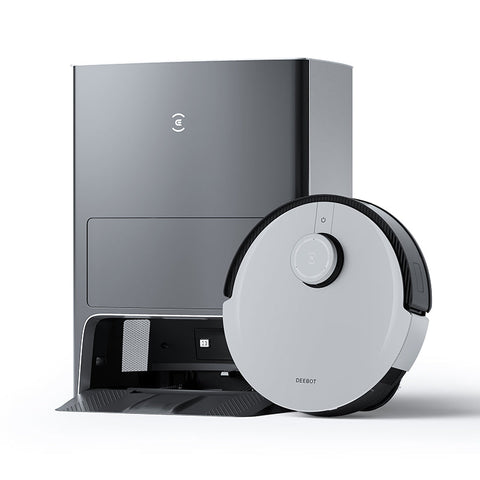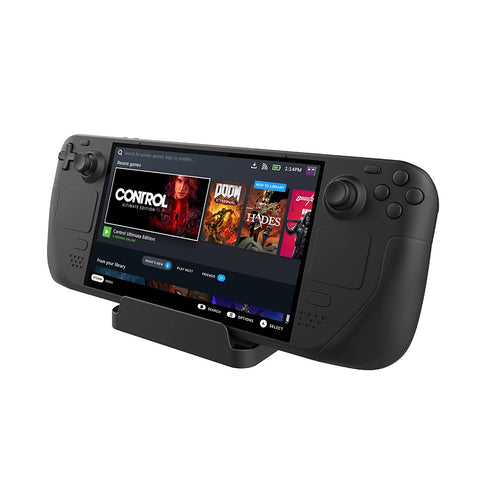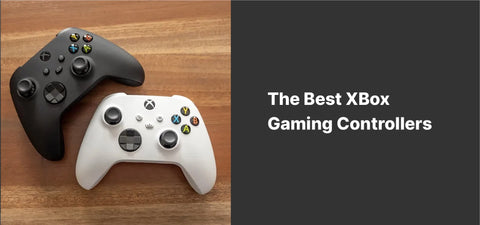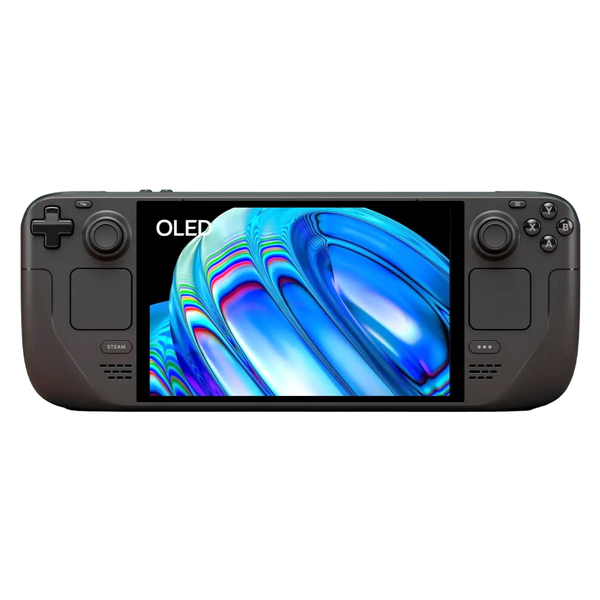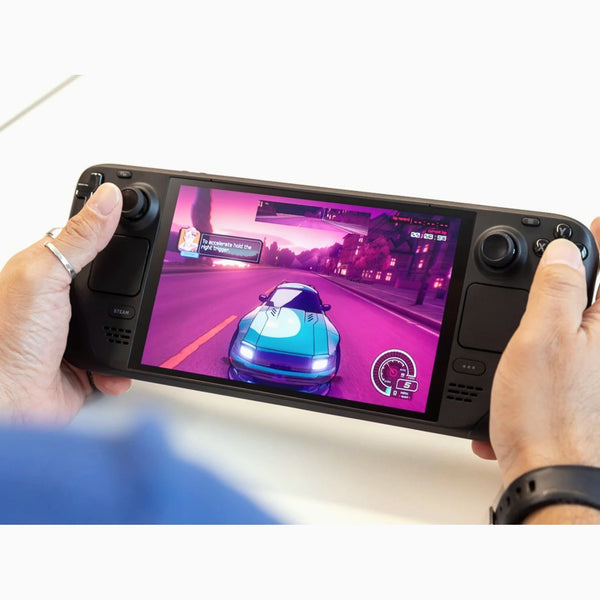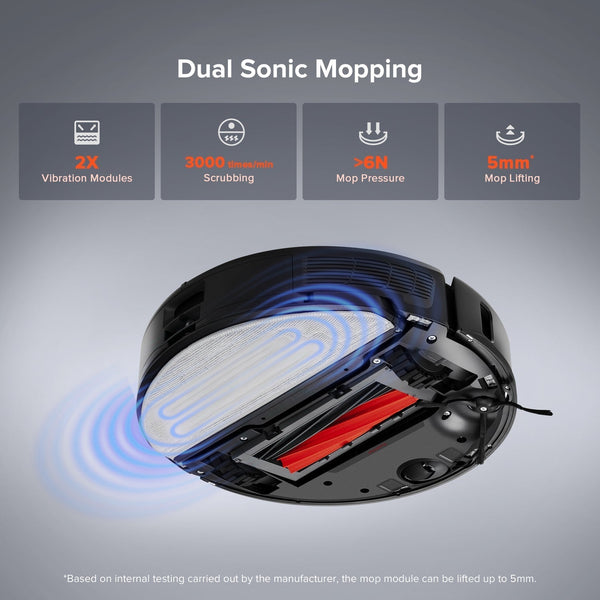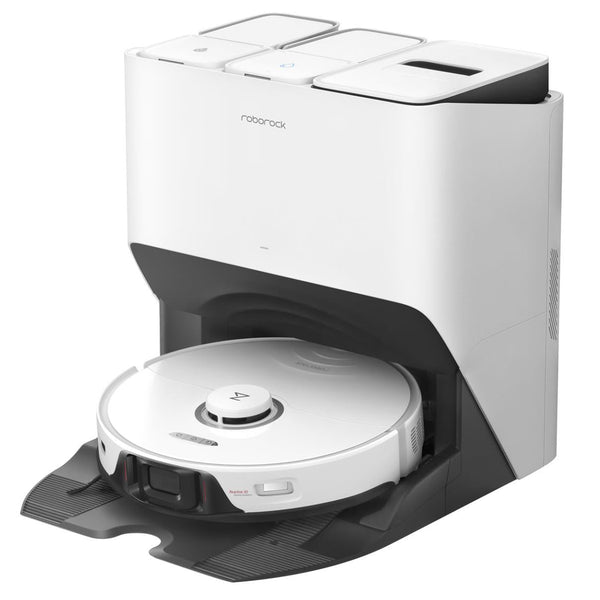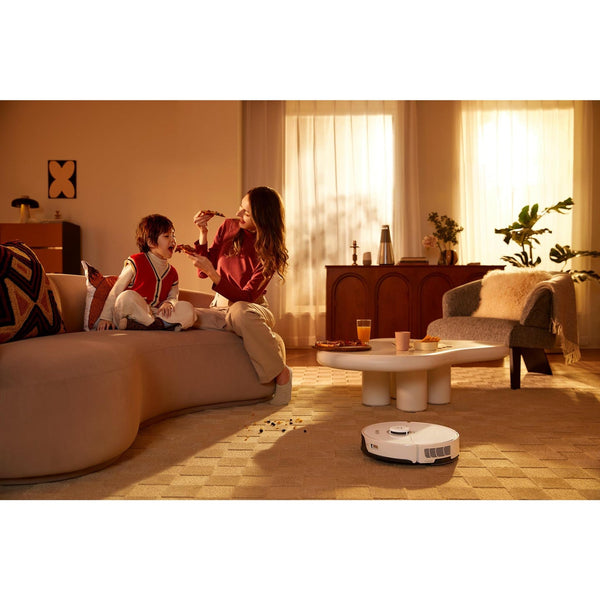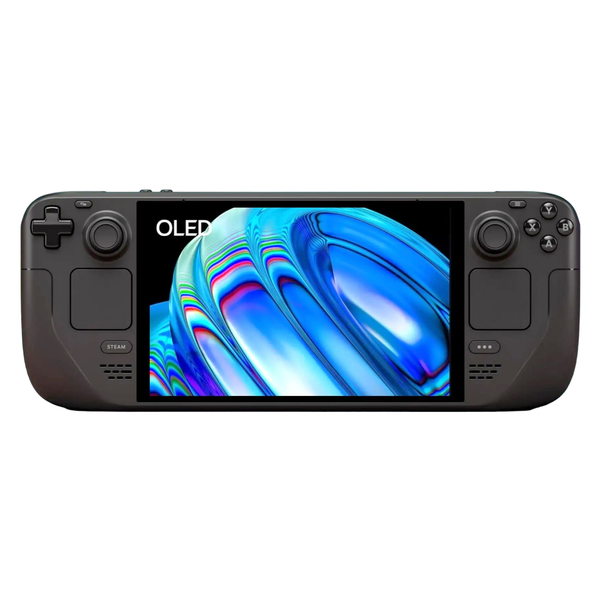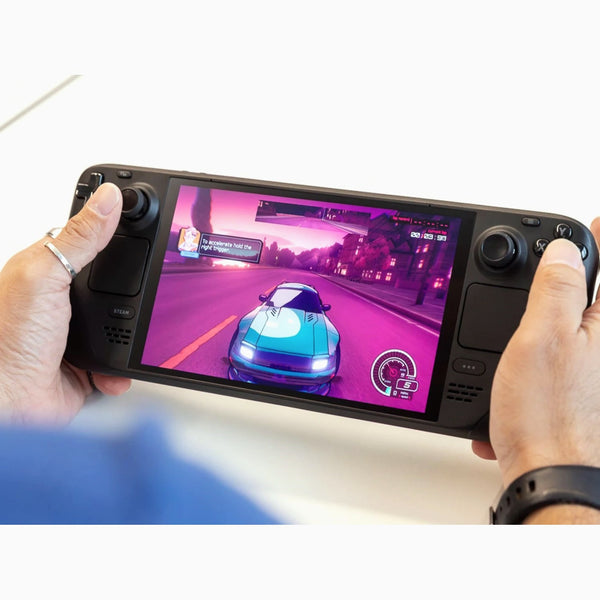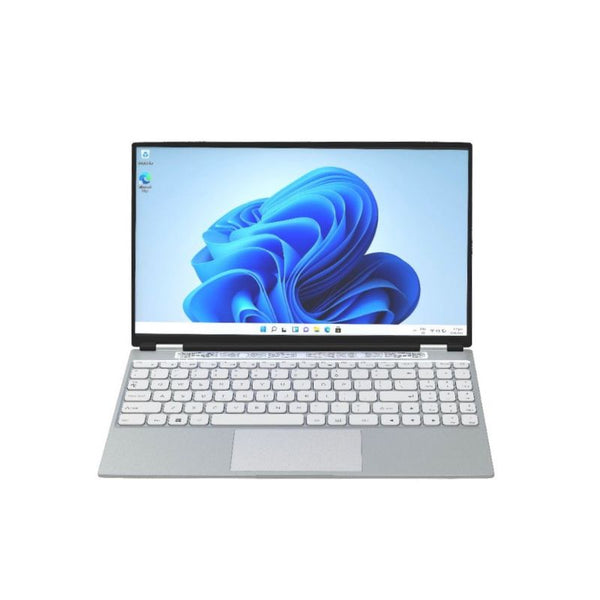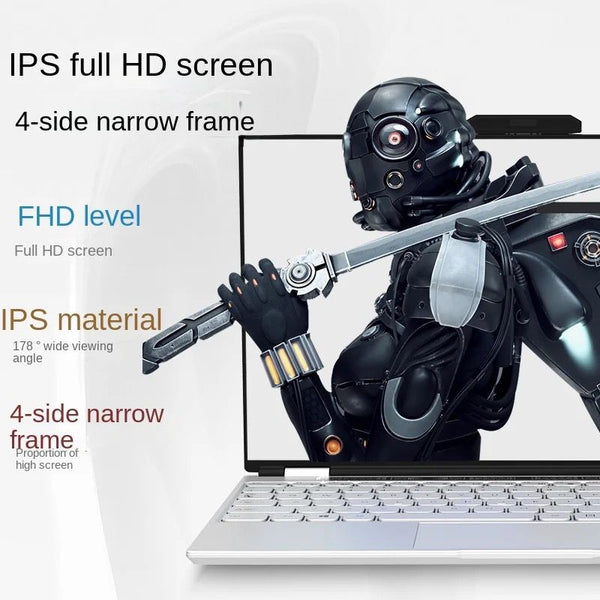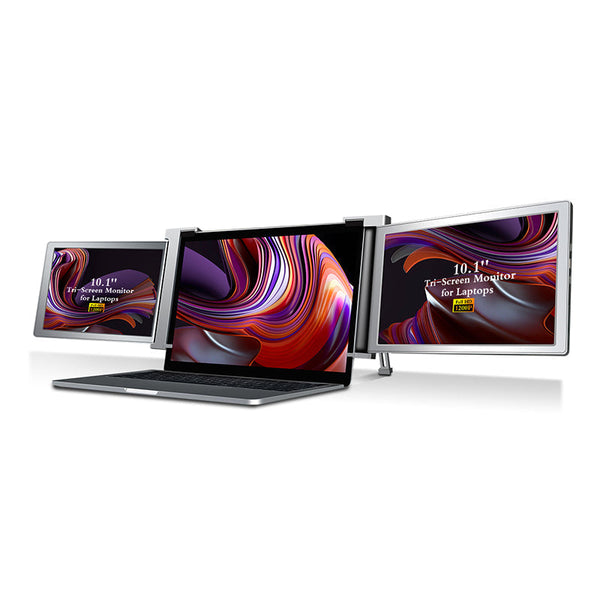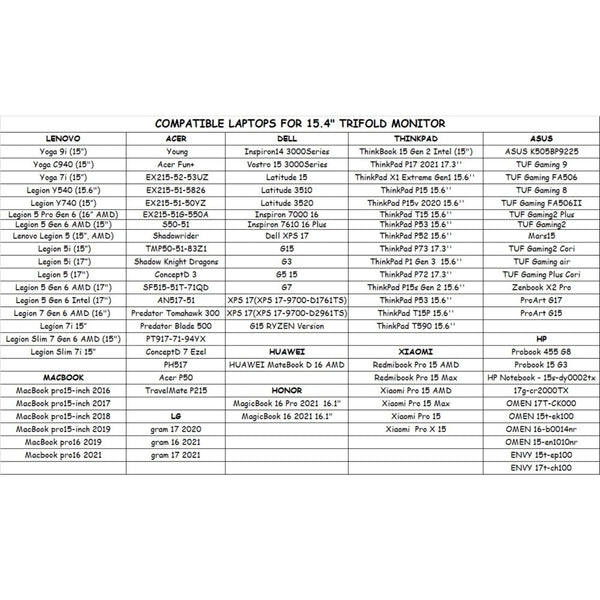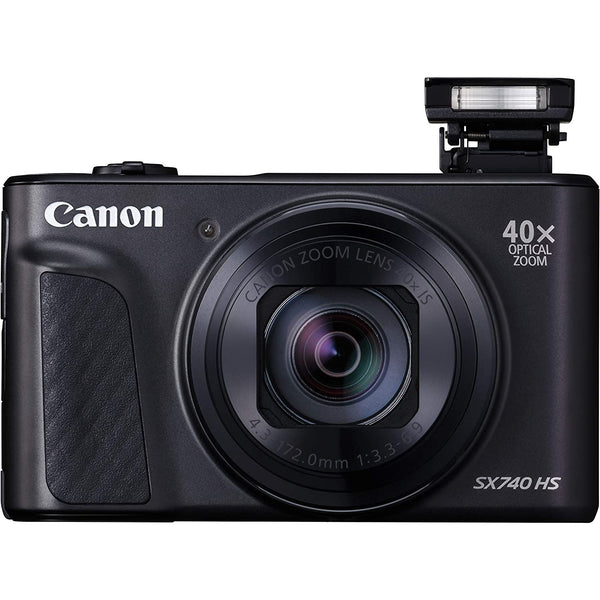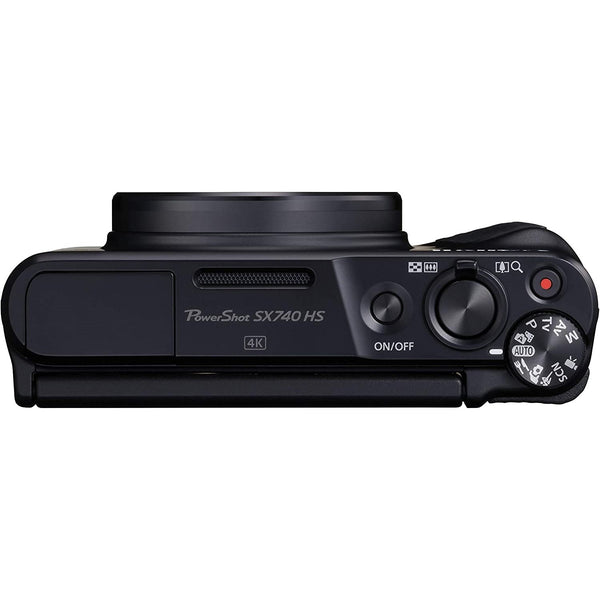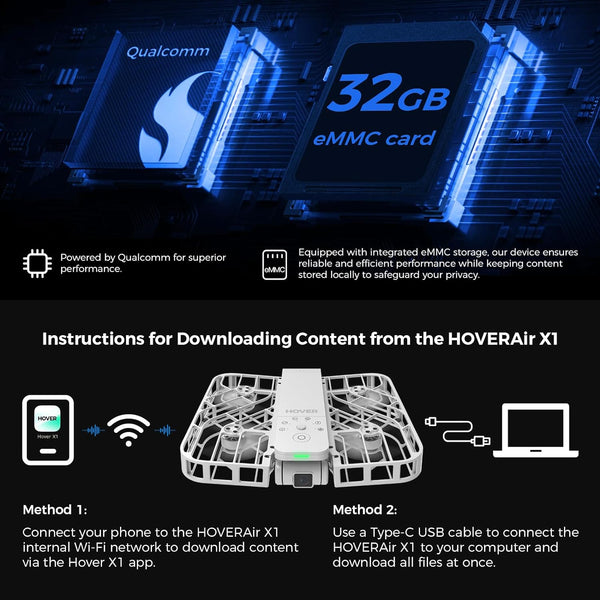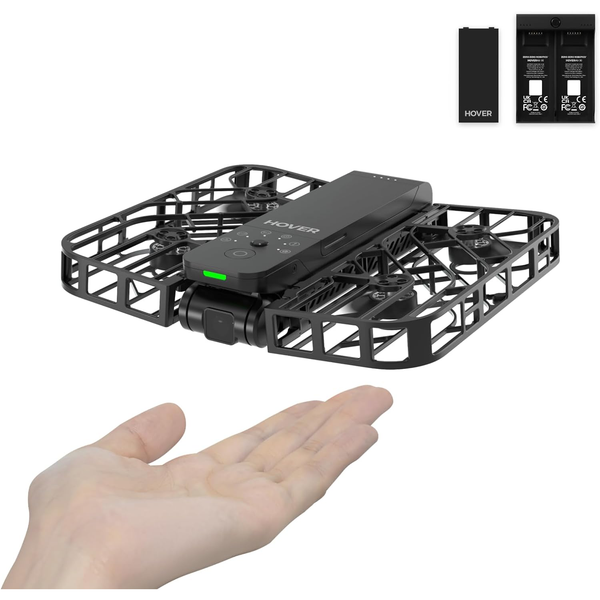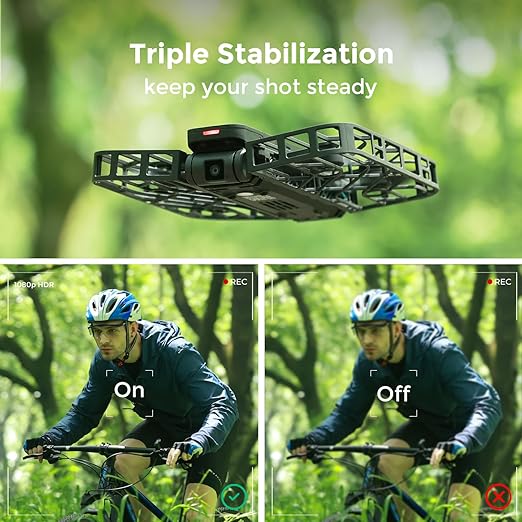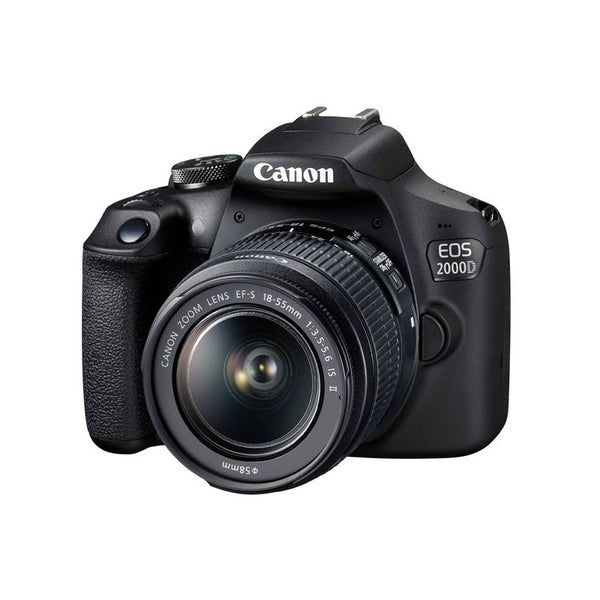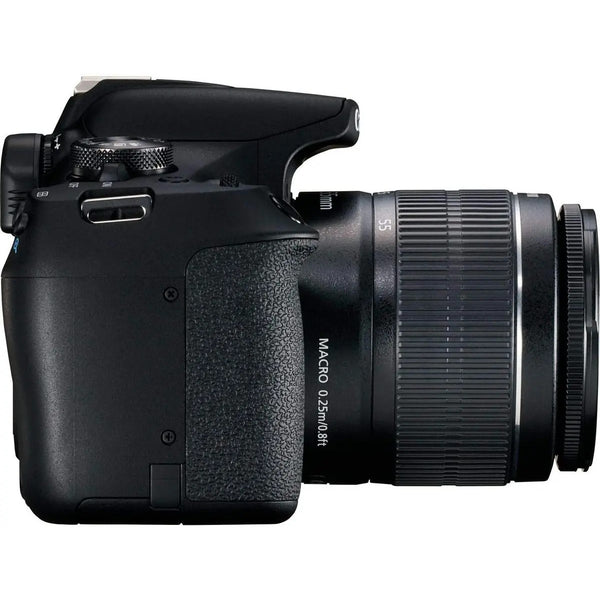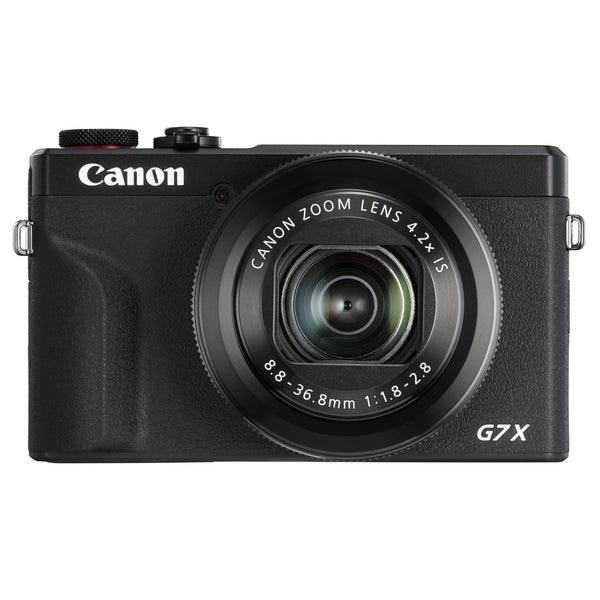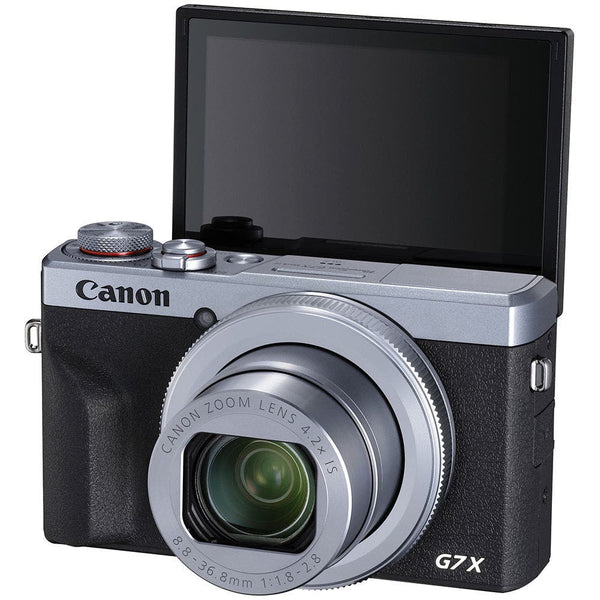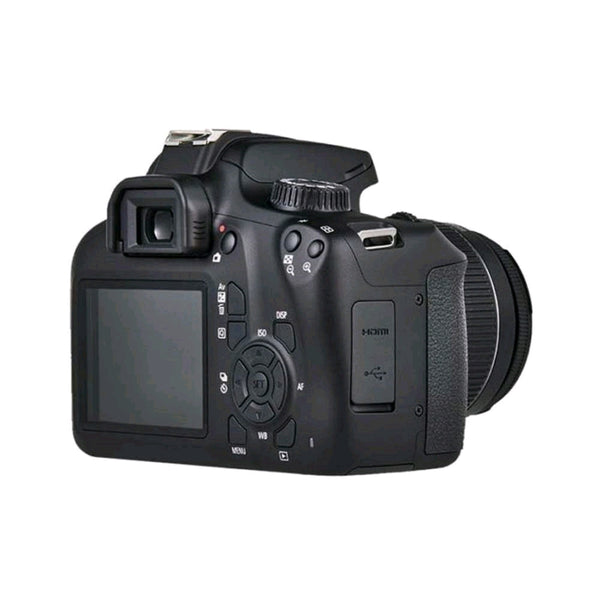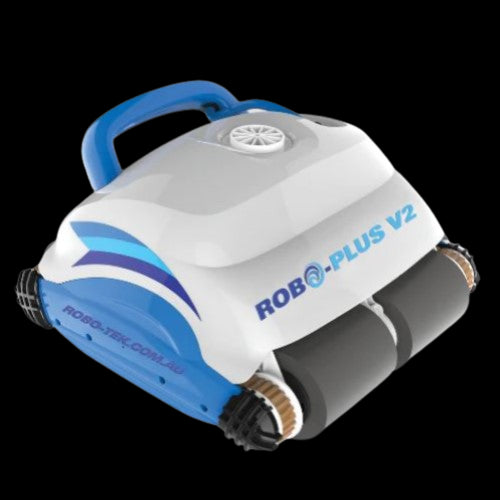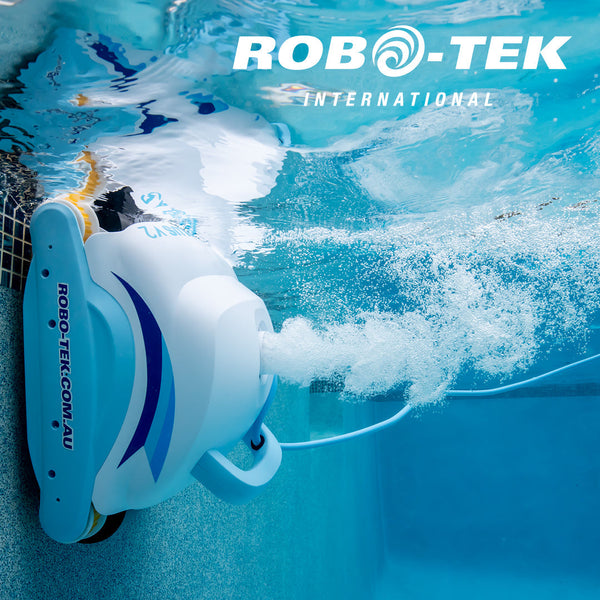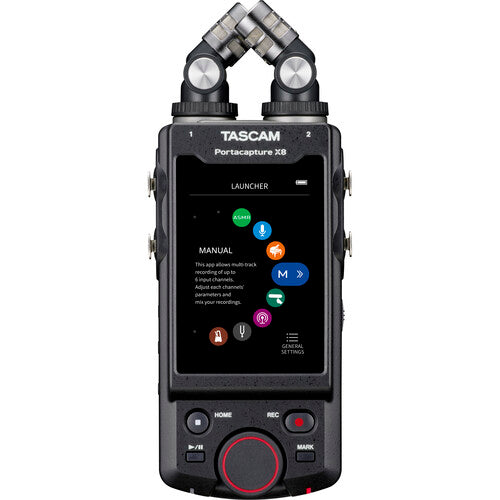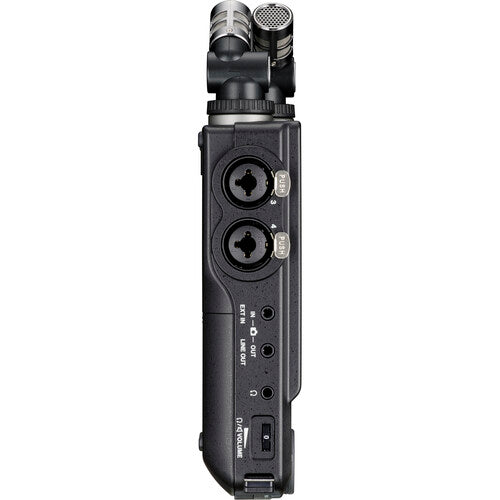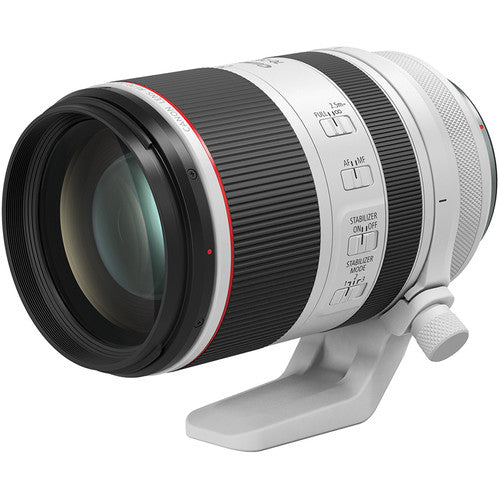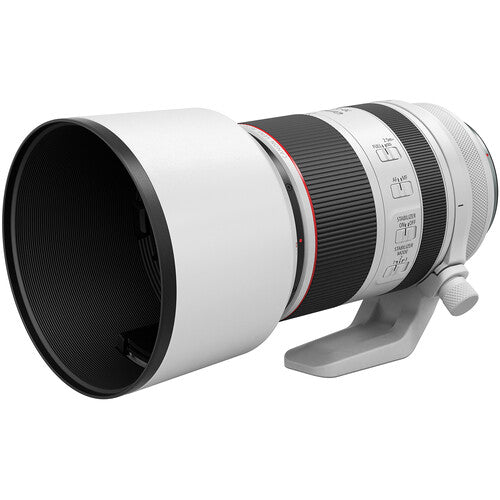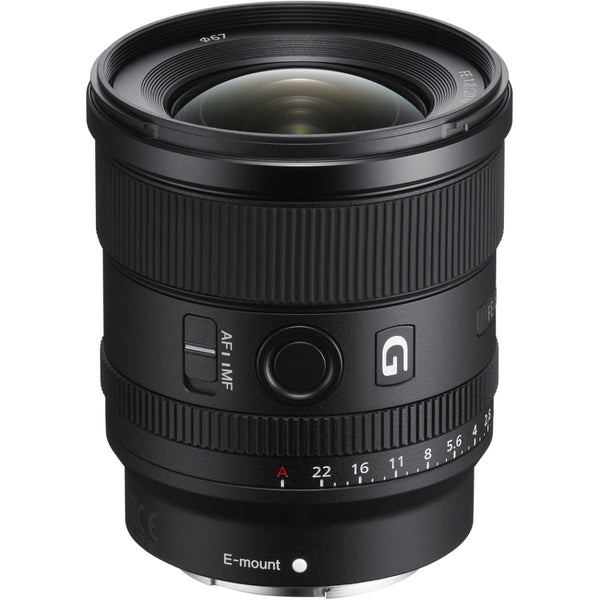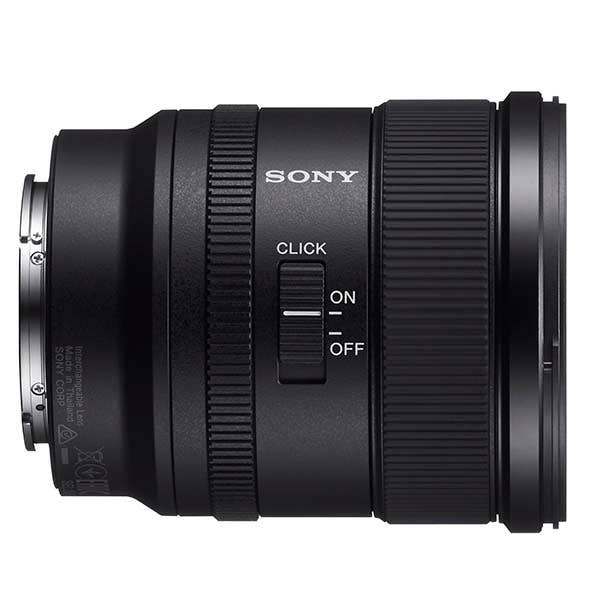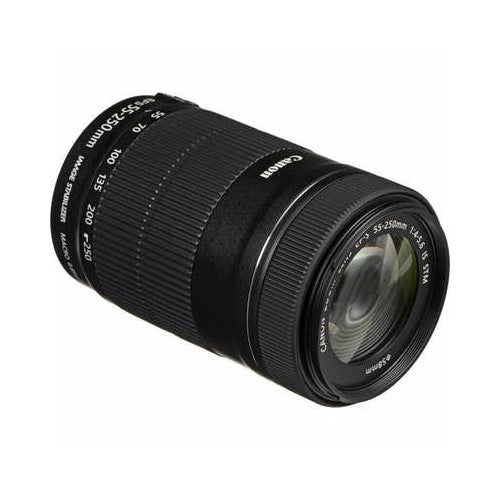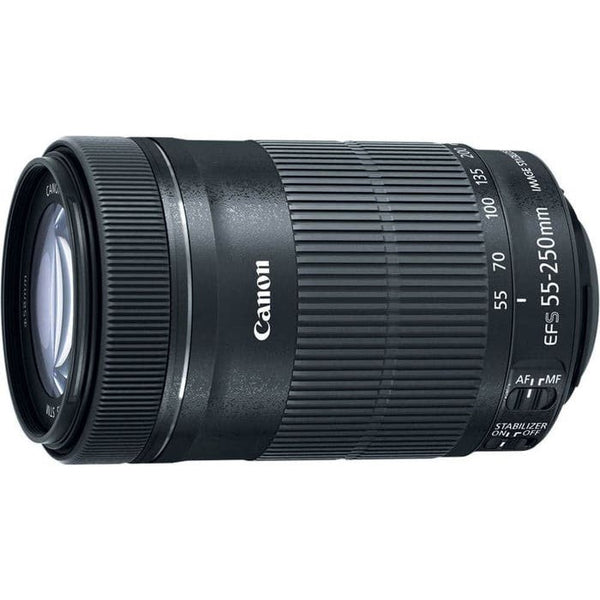All Categories
- Appliances
- Audio & Video
- Auto Accessories
- Baby & Kids
- Computers and Accessories
- Devices and Accessories
- Electronics
- Furniture
- Games and accessories
- Gift & Novelty
- Health & Beauty
-
Home & Garden
- Artificial Plants
- Bathroom Accessories
- BBQ
- Bedding
- Curtains
- Decor
- DIY
- Firepits
- Fountains
- Garden Beds
- Garden Furniture
- Garden Lights
- Garden Tools
- Gate Openers
- Green Houses
- Hammocks
- Home Office Accessories
- Inflatable Mattress
- Kitchen Bins
- Kitchenware
- Lighting
- Others
- Pool & Accessories
- Rugs
- Scales
- Shading
- Storage
- Travel
- Occasions
- Outdoor
- Pet Care
- Smart Home
- Sports & Fitness
- Tools
Fujifilm GF 80mm F/1.7 R WR Lens

All of my time spent with Fuji products to this point has been on the APS-C end of the spectrum, but I’ve had a lot of requests to dip my toes into the more extreme end of their business, which is their GFX lineup of medium format products. Fuji has been unique in its marketing strategy, as they have focused on the smaller APS-C sensor along with the larger MF sensor to the exclusion of the far more popular full-frame sensor. I’ve been spending some time with their extremely high-resolution Fujifilm GFX 100 camera body and its incredible 102 megapixels of resolution along with two lenses, the slightly older GF 45mm F2.8 WR and the brand new GF 80mm F1.7 WR short telephoto lens. Today’s focus is on the latter, which we’ll call the GF80 for brevity, a short telephoto that allows one to shoot environmental portraits with a nice shallow depth of field.
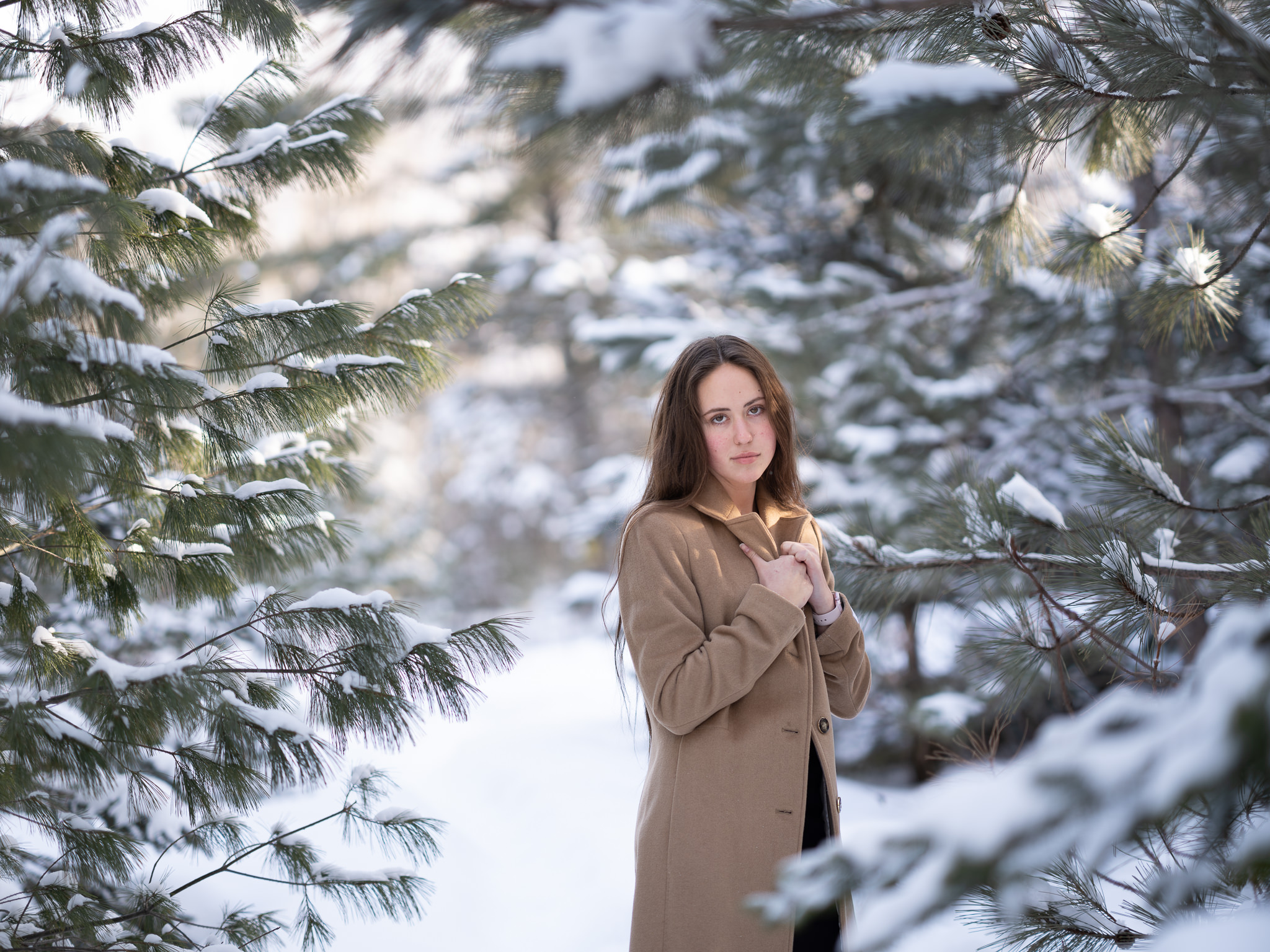
Nothing about the medium format platform is small or convenient in the traditional sense. The camera body is huge (Fuji does have smaller MF bodies), and the lenses are large and bulky. That’s definitely true here, with an 800g lens nearly as wide as it is long.

The autofocus isn’t incredibly fast or smooth, but it is hard to argue with the incredible results optically.
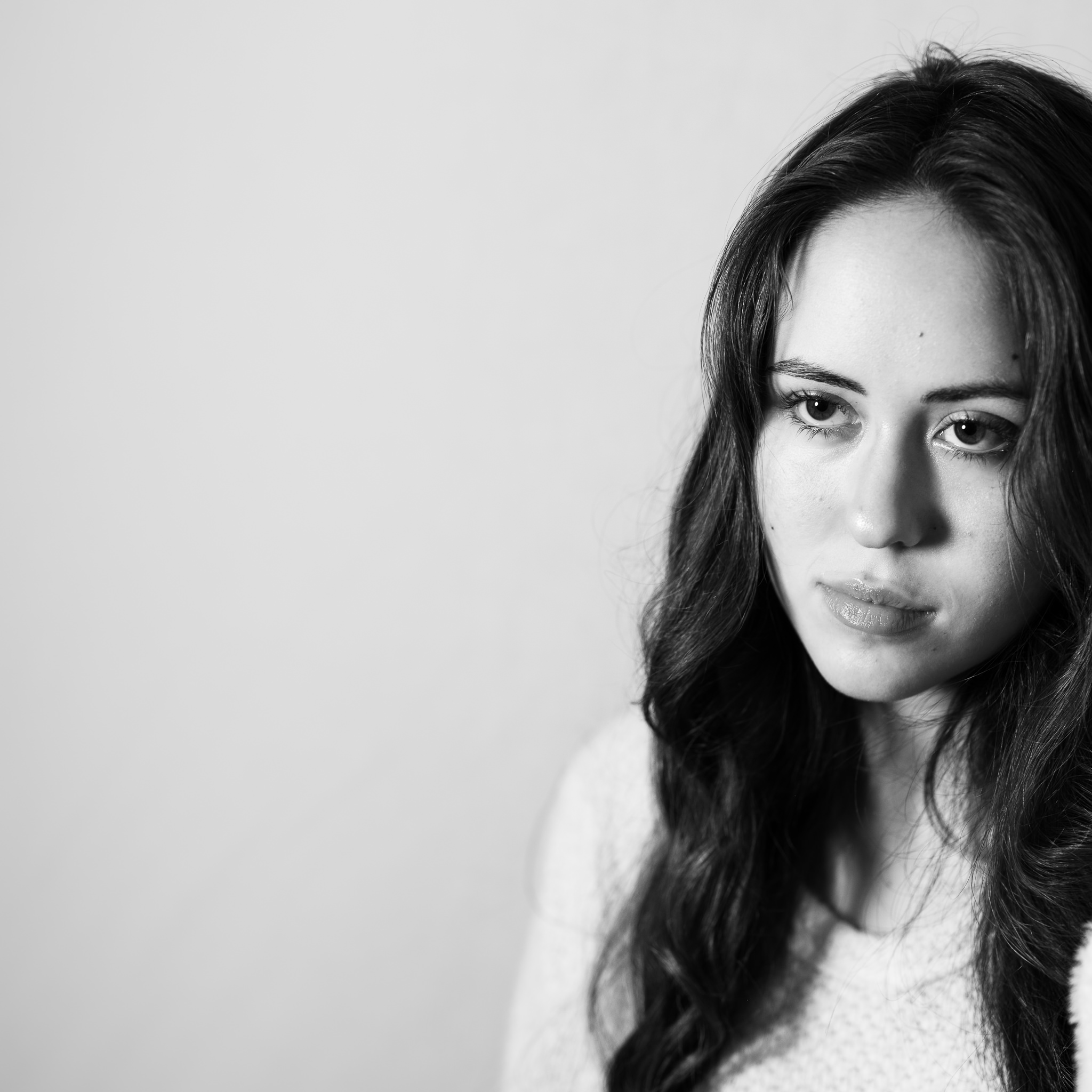
Reviewing a lens like this is a little complicated, as in some areas medium format cameras lag behind the more traditional full-frame systems that get the lion’s share of development. The medium format gives you pretty much-unparalleled levels of optical performance but lacks the versatility in focus speed and video performance that I’ve come to expect. There’s a good chance that if you are reading this review, however, you’re already familiar with the typical medium format shortcomings, or, if not, you may find this review a little eye-opening. We’ll do our best to parse out the good from the bad as we explore the performance of the GF80 together. You read on or watch either my long-format definitive video review or shorter standard video review below.
Fujinon GF80 Build, Handling, and Features
If you are unfamiliar with medium format and know Fuji more for X-mount, prepare to be shocked by how huge the mount size actually is. The Fuji X-mount (APS-C) is 44mm is the diameter; the GF mount is a whopping 76.5mm in diameter. The Canon full-frame RF mount is 54mm in diameter by comparison, closer to the APS-C size than the massive medium format dimensions. The front opening of lenses changes according to the focal length and aperture combination, but the rear diameter at the mount is consistent. You can see just how much bigger lenses are going to be from the mount onward by comparing the X-mount lens on the left with the GF80 on the right:

The bottom line is that GF lenses are going to be bigger at least in diameter than most lenses for other systems because of that baseline difference. That aside, however, how does the lens compare to other similar lenses? Here’s a quick spec comparison. The most similar lens to compare to is the Hasselblad XCD 80mm F1.9, which shares the focal length and has a similar (though slightly smaller) maximum aperture. The Hasselblad lens is longer (112 vs 99.2mm), considerably heavier (1044 vs 795g), and costs more than twice as much money ($4845 vs $2299 USD). The Hasselblad is slightly narrower, however (84 vs 94.7mm) So, relative to the competition, Fuji has created a smaller, lighter, cheaper alternative, though as with everything medium format, “cheaper” is a relative term!
The GF80’s profile is relatively squat, as it is almost as wide (95mm) as it is long (99.2mm).

In an absolute sense, the lens isn’t actually large or heavy, though the thick girth of the lens does lend itself to that impression. The GF 110mm F2 WR is another relatively similar lens and is also considerably larger and heavier (though it does tackle a slightly more extreme focal length/aperture combination).
The industry standard for focal lengths is the full frame/35mm standard, where the 80mm MF lens has a 63mm focal length equivalent. While F1.7 doesn’t sound very impressive as a maximum aperture if you’re accustomed to full frame or APS-C lenses, this is (according to Fuji) the “brightest” (widest aperture) lens available for medium format. Aperture is a somewhat tricky subject, as there is no simple “equivalency” like there is for focal length. An F2.8 aperture, for example, is a constant measurement of the physical opening of a lens’ iris whether on APS-C, full frame, or medium format. So, for light-gathering purposes, an F2.8 aperture will produce the same exposure on all three systems.
So, that’s one answer. F1.7 in medium format is the same as F1.7 in the full frame when it comes to how much light can pass through it.
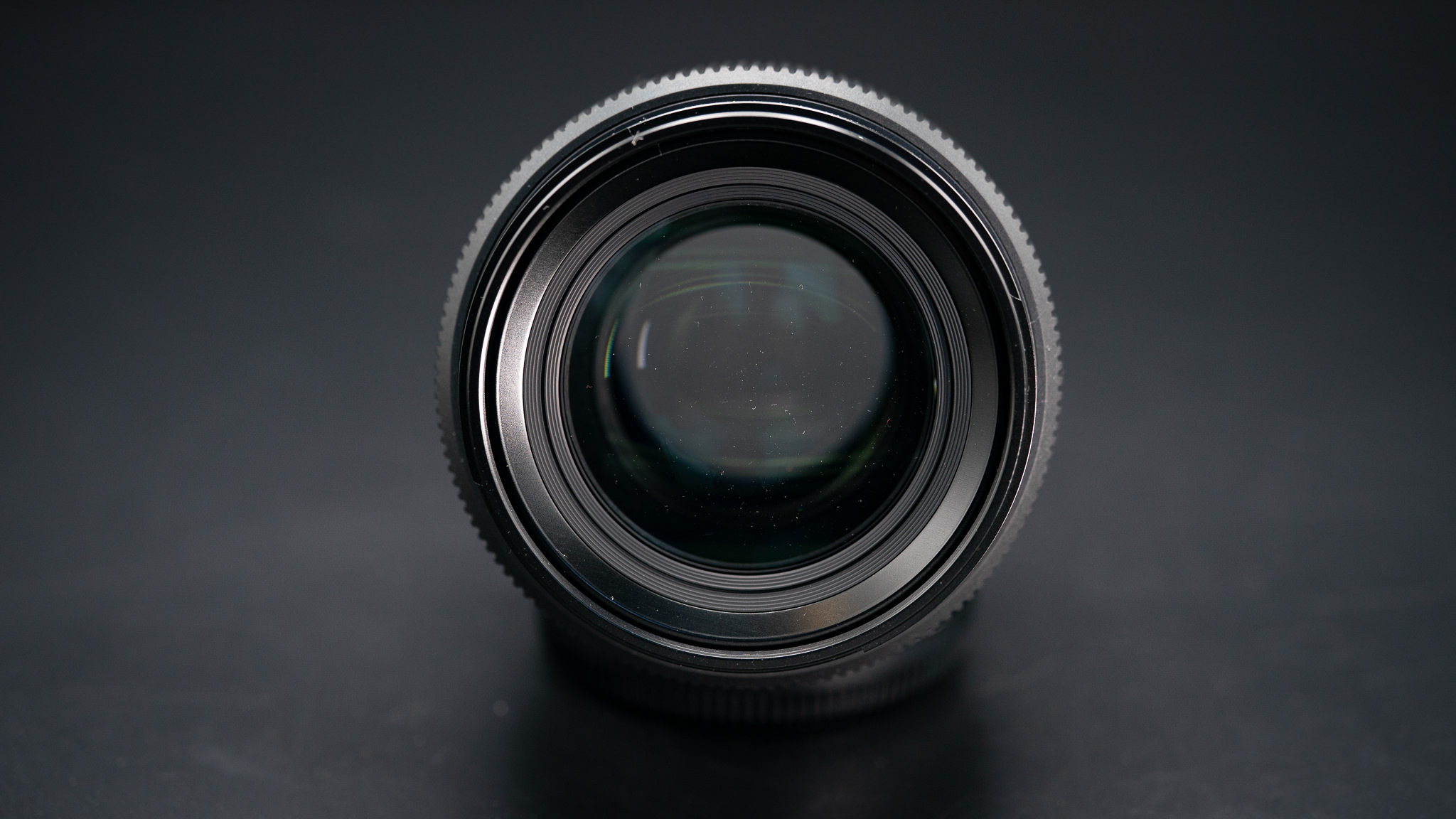
But that’s not the whole picture, as the depth of field varies radically depending on the sensor size. Medium format lenses often have relatively small maximum aperture sizes but yet can produce an amazingly shallow depth of field results with lovely, creamy bokeh. The “crop factor” relative to the 35mm sensor size of Fuji’s GFX mount is 0.79, which means that the GF80 will perform similarly to a full frame 65mm F1.3 lens for framing and depth of field, though the light gathering potential of the lens is only F1.7. Confused yet?
Up front, we have a fairly common 77mm filter size that is shared by all three lenses I used as comparison points. The included hood is nothing particularly special; it is plastic, quite large, with a smooth satin finish that hopefully won’t be too susceptible to marking (a frequent problem with a smooth rather than flocked finish). It does have a lock to make sure that it doesn’t get inadvertently bumped loose.
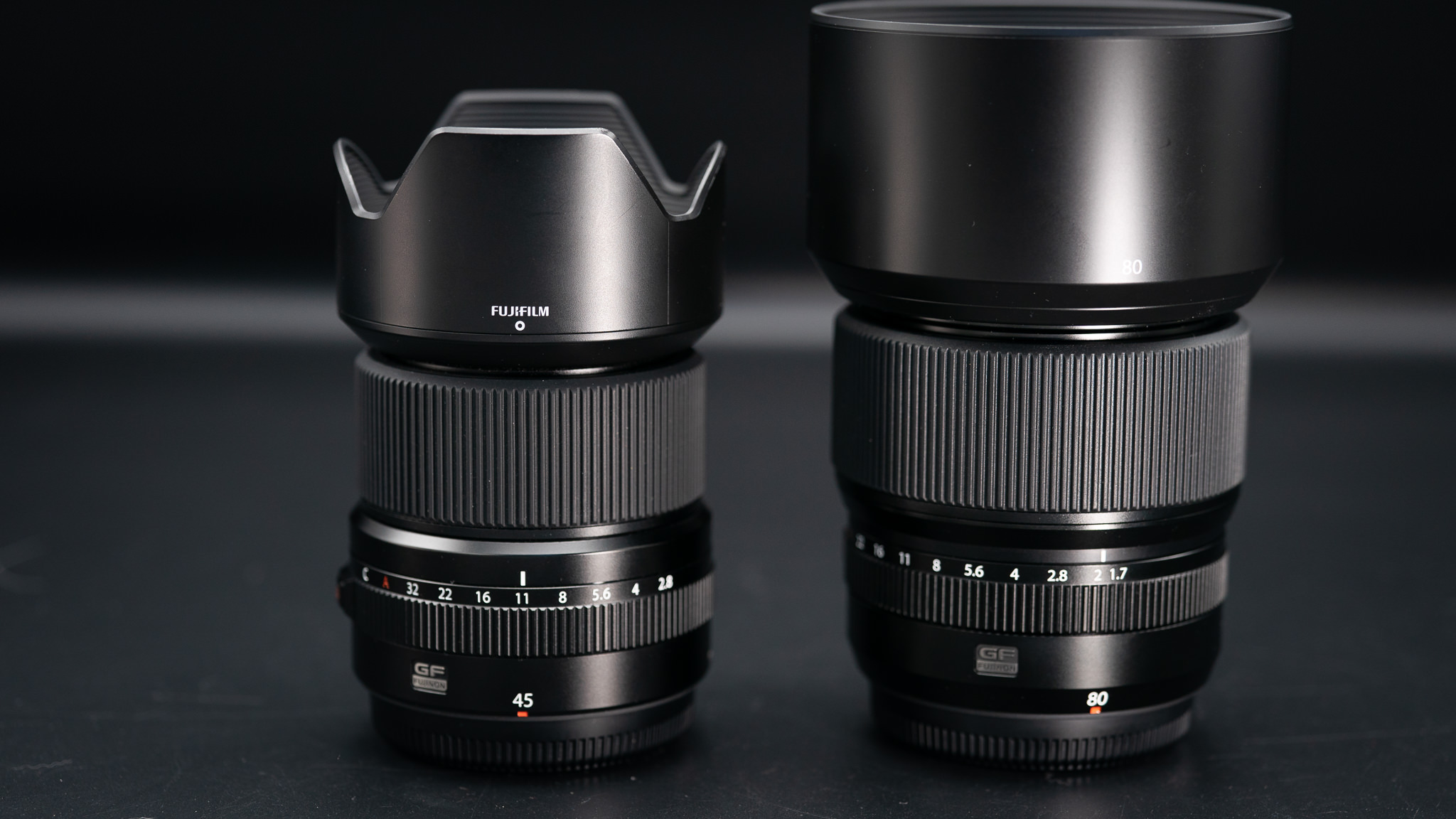
Putting the hood in place dramatically increases the size of the lens.
The GF80 has a rubber gasket at the lens mount, internal seals, and a fluorine coating on the front element to give it a professional grade of weather resistance. This is what the WR in the name stands for.
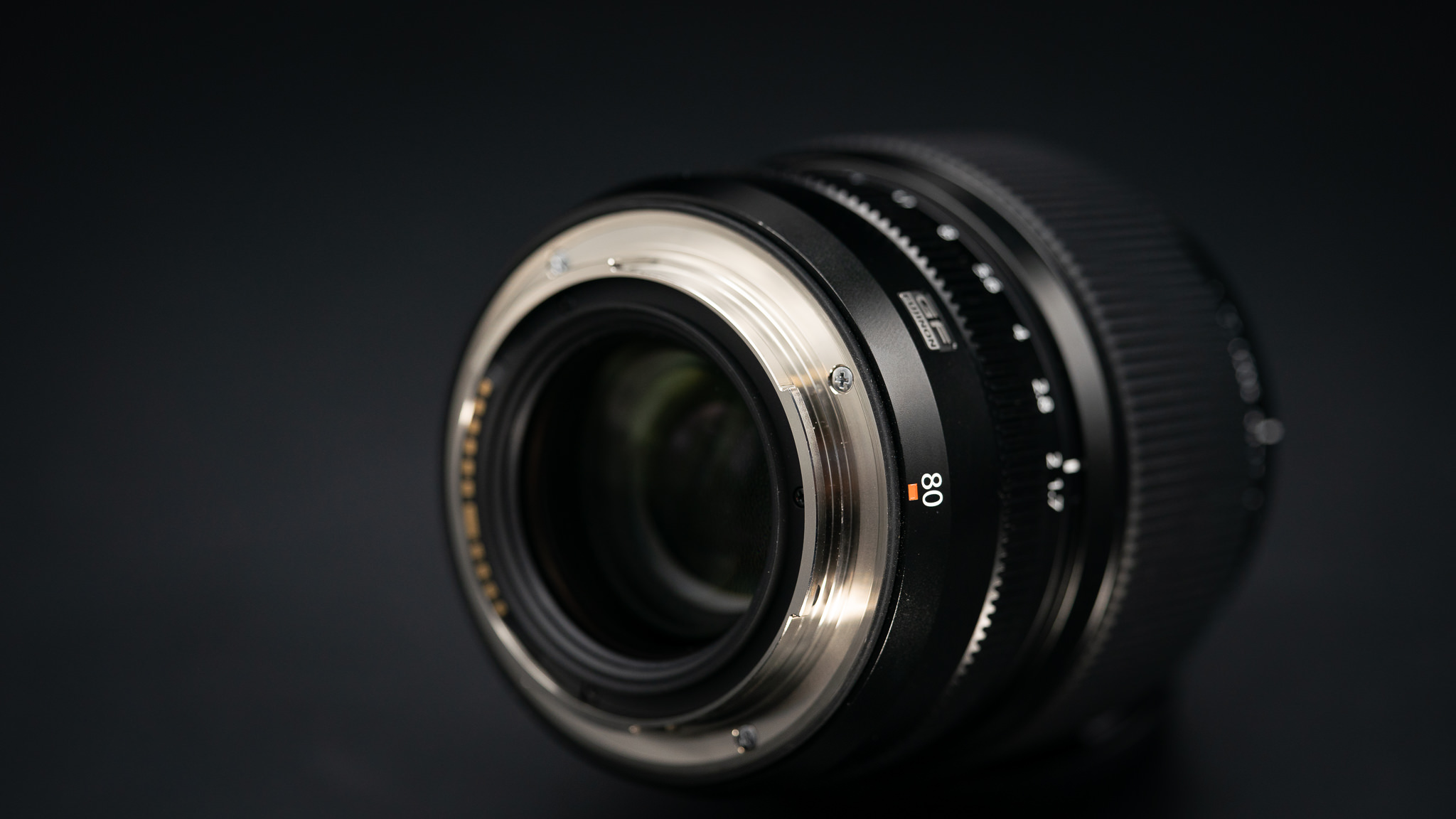
The aperture diaphragm has nine rounded blades to help maintain a circular shape when the lens is stopped down. Here’s a look at F1.7, F2.8, and F4:
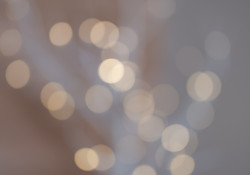

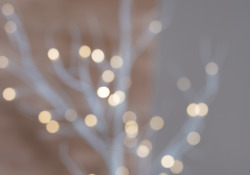
You can see a bit of a trend toward bokeh becoming a bit lemon-shaped towards the edge, but overall everything looks pretty good.
The minimum focus distance is 70cm (2.3 feet), and the lens produces a rather average 0.15x magnification figure at that focus distance.

The upside is that the plane of focus is nice and flat and detail and contrast look good. No macro lens, obviously, but still useful for creative depth of fieldwork.
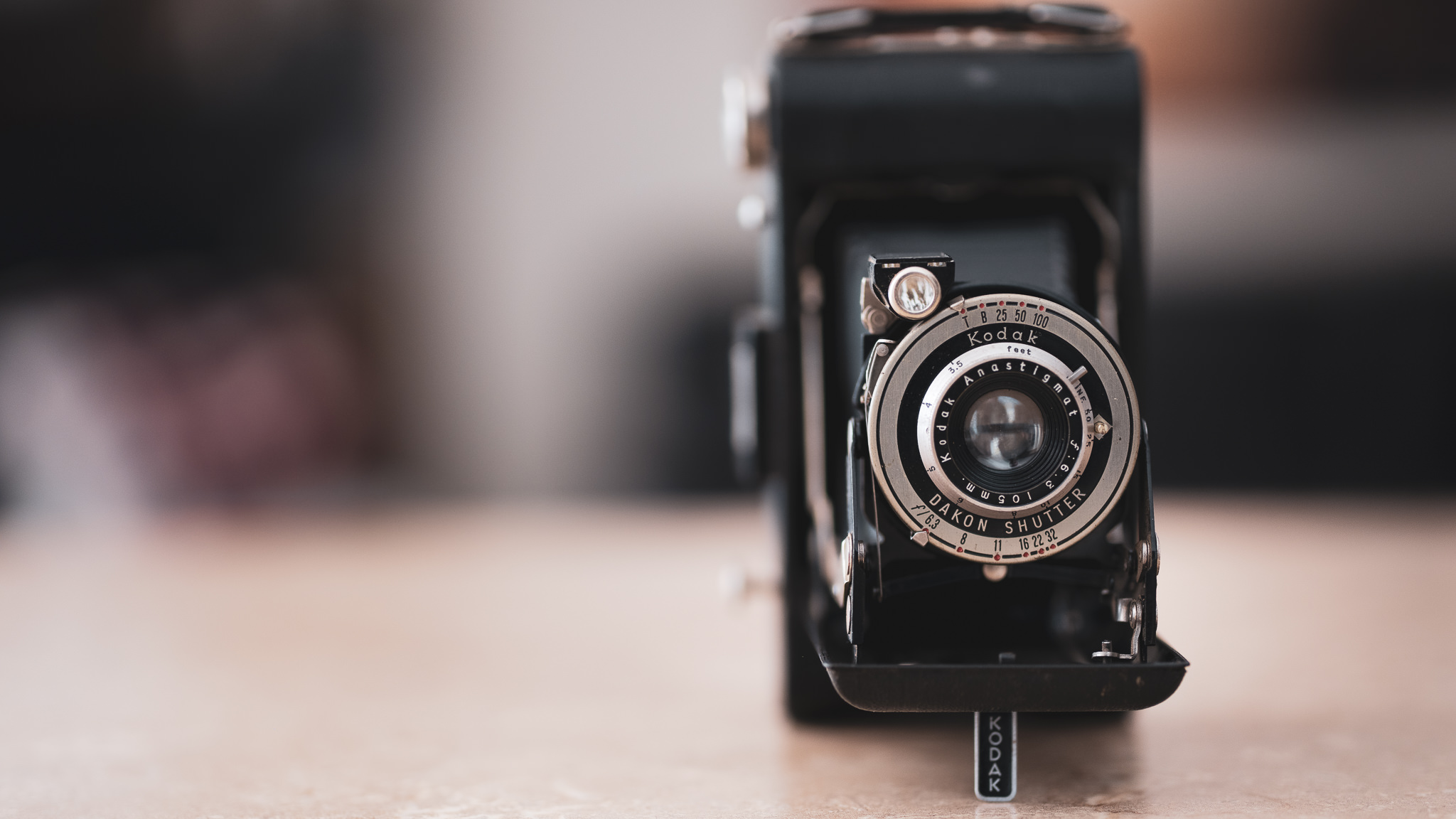
The lens design and features on the lens are going to be instantly familiar to anyone who spent any time with Fuji lenses. There is a dual approach to the aperture with both a manual aperture ring along with an “A” mode (automatic) that allows the aperture to be controlled within the camera. On GF lenses there is also a “C” mode, which stands for command, giving you yet another way (command dial) to control the aperture. The “R” in the lens name refers to this aperture ring.
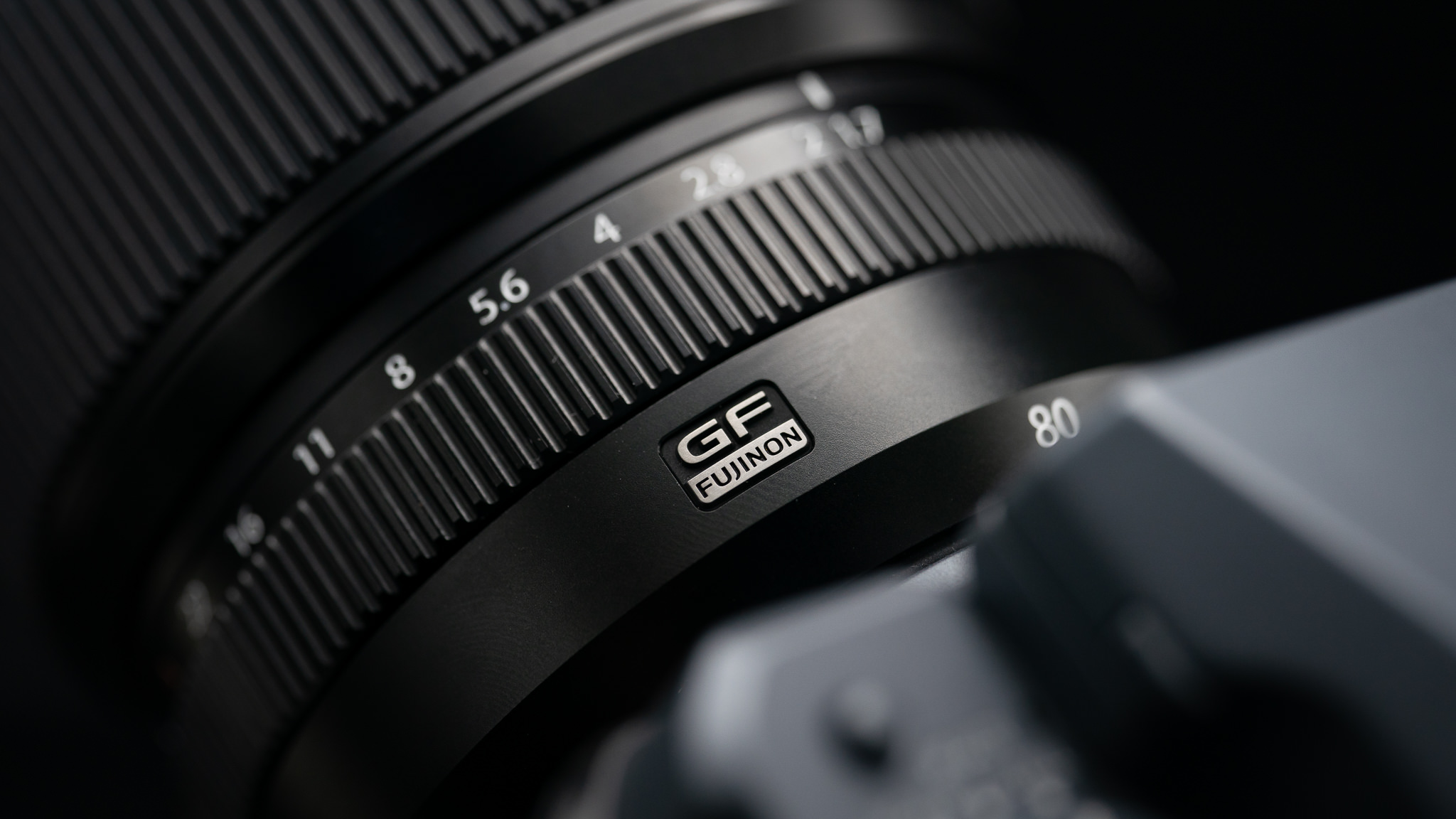
The focus ring is wide and rubberized, and that section of the lens is the largest in diameter. Your hand will fall naturally to that area. The damping and precision are fairly good, though, as per usual on Fuji cameras, it will take a lot of rotations on the focus ring to make any major focus changes. It is better used to fine-tune focus if you want a slightly different focus point than what AF selects.
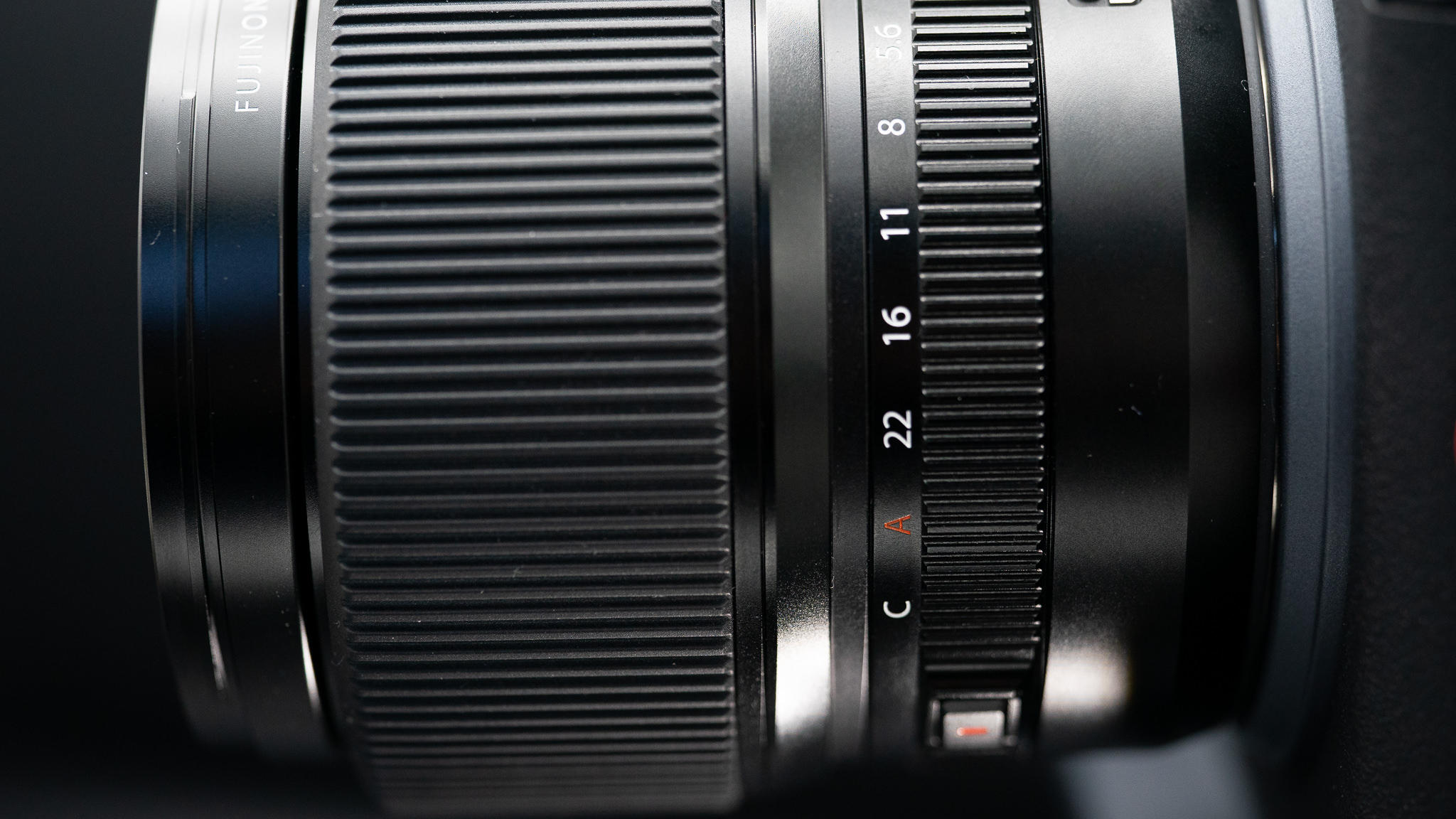
There are no switches on the lens barrel. AF/MF will be handled by on-camera controls, and there is no focus limiter.
The lens looks good mounted on a bigger body like the GFX-100. It has a nice profile and looks like it belongs.

All in all, this is a nicely made lens with no surprises…either good or bad in the design or handling of the lens.
Autofocus and Video Performance
While I am utterly delighted with the image quality front of medium format, autofocus is unfortunately a step back from what I’ve come to expect from modern cameras. I understand that Fuji is actually providing a relatively decent autofocus performance by medium format standards (I’ll have to take others' word for that), but compared to modern full-frame cameras from Canon and Sony the autofocus experience is rather primitive. In some ways it is relatively close to what I’ve seen, on, say the X-T3 or X-T4, but in other ways that definitely isn’t true. The GF80 utilizes a DC motor to drive autofocus, but it is far from quiet or smooth in operation. Even when shooting stills there is a fair bit of visible stepping as the lens settles on focus, and that visible action is accompanied by a variety of hums, whirs, and sliding sounds as the focusing group of elements shuffles around. The process of focus is not particularly inspiring, though in most cases I ended up with accurate focus in the end.

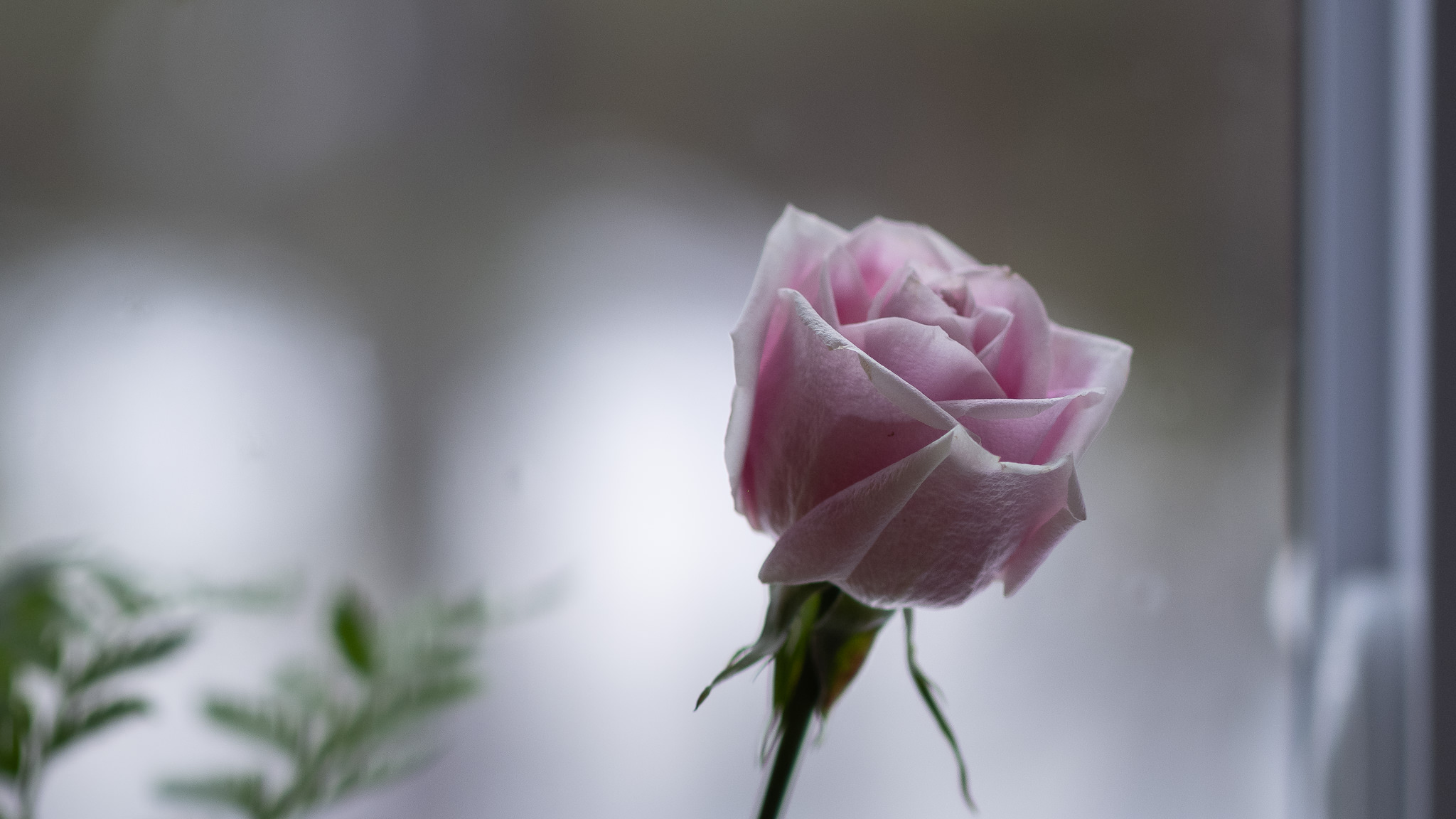
As noted, there are elements like the typical focus on a smaller format Fuji body. Eye AF tracking, for example, is quite similar. I would even say I had more consistent focus results in terms of identifying an eye and tracking it at a variety of focus distances, whether it be up close:

Specification
| Focal Length | 80mm (35mm Equivalent Focal Length: 63mm) |
| Maximum Aperture | f/1.7 |
| Minimum Aperture | f/22 |
| Lens Mount | FUJIFILM G |
| Lens Format Coverage | Medium Format |
| Angle of View | 37.7° |
| Minimum Focus Distance | 2.3' / 70 cm |
| Maximum Magnification | 0.15x |
| Optical Design | 12 Elements in 9 Groups |
| Diaphragm Blades | 9, Rounded |
| Focus Type | Autofocus |
| Image Stabilization | No |
| Filter Size | 77 mm (Front) |
| Dimensions (ø x L) | 3.7 x 3.9" / 94.7 x 99.2 mm |
| Weight | 1.7 lb / 795 g |
Packaging Info
| Package Weight | 3.115 lb |
| Box Dimensions (LxWxH) | 11 x 7.2 x 6.3" |
Related Products
-
-
Roborock S8 Pro Ultra Robot Vacuum & Mop Cleaner With Auto Empty Dock - BlackNo reviews$1,669.00
$2,699.00 -
Roborock S8 Pro Ultra Robotic Vacuum & Mop Cleaner With Auto Empty Dock - White1 review$1,669.00
$2,699.00 -
-
-
-
Meta Quest 3 512GB - Breakthrough Mixed Reality Headset with Batman: Arkham ShadowNo reviews$959.00
$1,299.00 -
Dual Portable Triple Fold 1080P IPS FHD Monitor Screen Extender For Laptops15 reviews$419.00
$649.00 -
-
-
-
-
-
-
-
-
-
-
-
-
-
-
-
-
Tascam Portacapture X8 6-Input / 8-Track Handheld Adaptive Multitrack RecorderNo reviews$747.00
$972.00 -
-
-
-
-
-
-
-
-
-
-
-
-
-
-
-
-
-
-
-
-
-
-
Apple iPad Pro M4 13-inch Wi-Fi 512GB with Standard Glass - Space BlackNo reviews$2,269.00
$2,999.00



